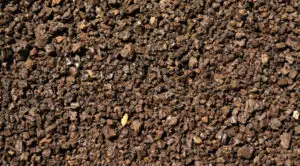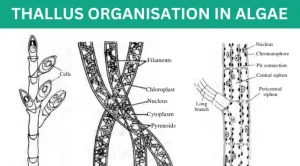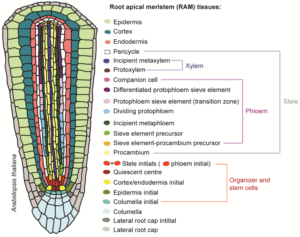Abiotic Factors of Rainforests: How Sun, Rain, and Soil Sustain Life
Introduction The rainforests are one of the most complex ecosystems on Earth. The nonliving aspects of rainforests, known as abiotic factors of rainforests, are essential in forming these habitats and promoting their remarkable biodiversity. Rainforests are the epitome of biodiversity. … Read more






